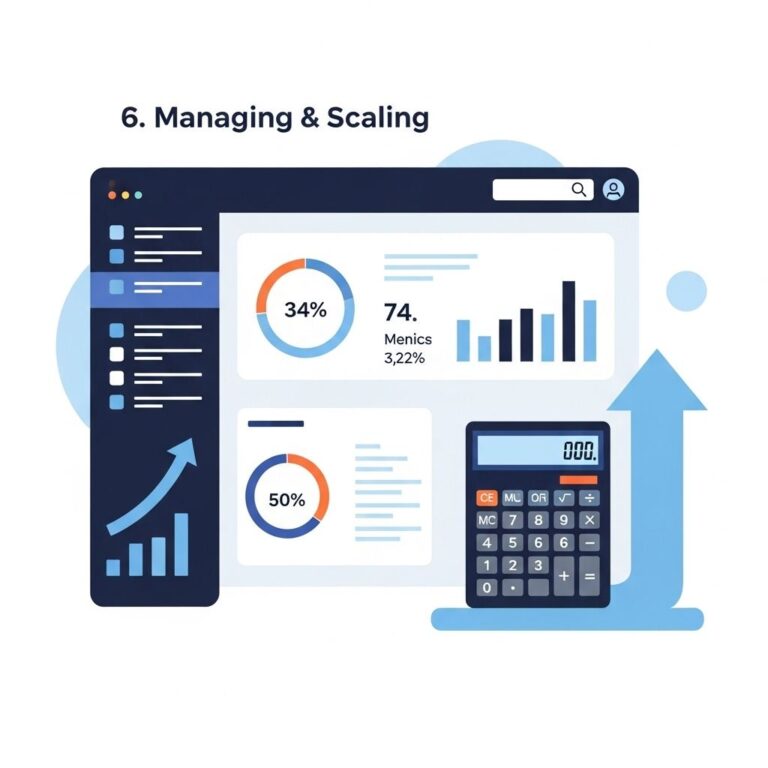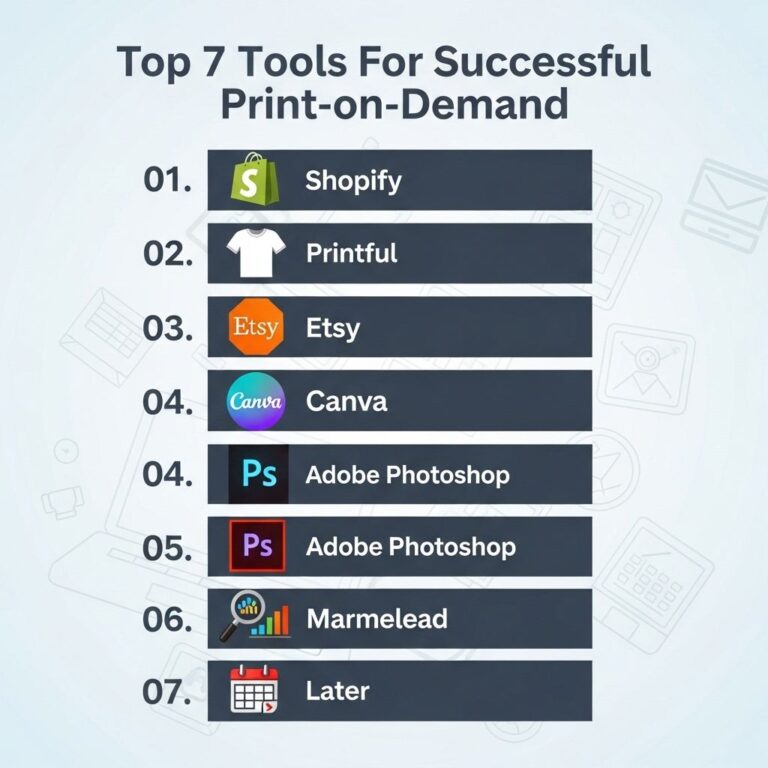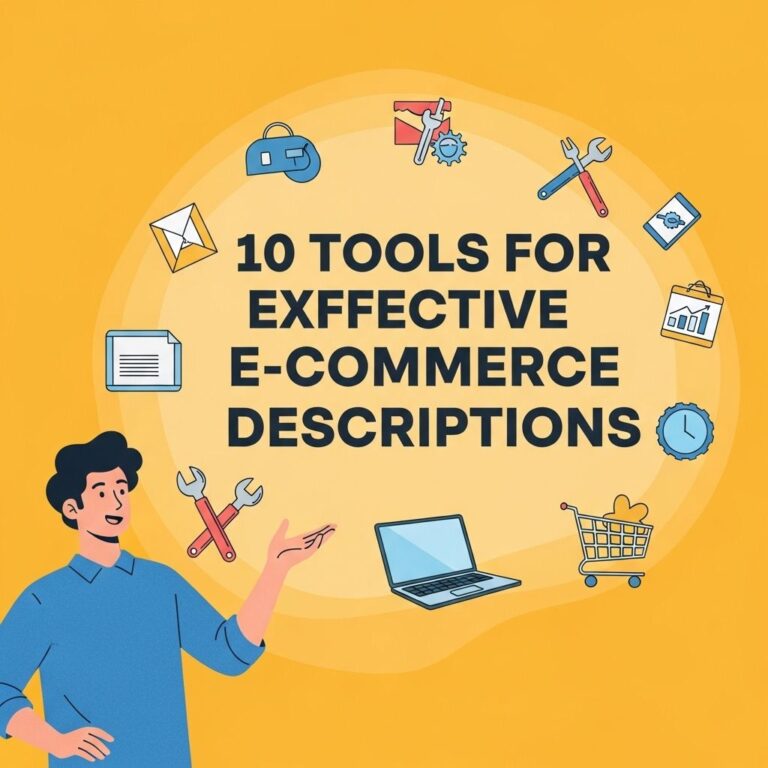Table of Contents
Understanding the Digital Marketplace
The digital marketplace has revolutionized the way businesses operate. Understanding its dynamics is crucial for achieving success in today’s fast-paced online business world. The rise of technology and the prolific use of the internet have unlocked unprecedented opportunities for businesses to reach a global audience, regardless of their size. With these opportunities come challenges, with fierce competition being one of the most significant.
The digital marketplace is vast and interconnected, offering a myriad of platforms for e-commerce activities. Brands can now engage directly with consumers through a multitude of digital channels, such as emails, social media, online ads, and search engines. Moreover, advanced technology facilitates a deeper understanding of consumer behavior, which can be leveraged to tailor marketing strategies and enhance customer engagement.
This guide aims to equip you with the comprehensive knowledge needed to successfully navigate and thrive in the digital marketplace. By understanding core strategies and keeping abreast of emerging trends, you position your business for sustained growth and profitability.
Building a Strong Online Presence
Your online presence is a critical determinant of your business success in the digital marketplace. An effective online presence not only attracts more customers but also builds brand credibility and trust. Below are some strategies to enhance your visibility and customer engagement:
- Develop a User-friendly and Responsive Website: Your website is often the first interaction point with potential customers. It’s essential to ensure it is user-friendly, visually appealing, and easy to navigate. A responsive design ensures that the site functions seamlessly across various devices, crucial in today’s mobile-first world.
- Engage in Active Social Media Marketing: Social media platforms offer unique opportunities for brand engagement and customer interaction. Use these platforms creatively to share content, run promotions, and build community among your target audience. Regular interactions can transform followers into loyal customers.
- Leverage SEO to Improve Search Engine Rankings: Search Engine Optimization (SEO) is key to ensuring your online content is discoverable. By using relevant keywords, creating high-quality content, and optimizing page speed, you can enhance your site’s visibility on search engine results, thereby driving organic traffic.
Each of these tactics requires careful planning and execution to maximize their potential. Investing time and resources into these strategies can translate to increased brand awareness and sales conversions.
Identifying and Understanding Your Target Audience
To effectively market your products, a deep understanding of your target audience is imperative. Knowing your audience allows you to tailor your products, services, and marketing efforts to meet their needs and preferences specifically. This understanding is foundational to any successful e-commerce strategy.
- Conduct Surveys and Polls to Gather Insights: Directly reaching out to your audience through surveys can yield valuable insights into their preferences, challenges, and feedback about your products or services.
- Utilize Analytics Tools to Track User Behavior: Analytics tools provide a wealth of data, from traffic sources to user engagement patterns. This data can uncover trends and insights that inform your business and marketing strategies.
- Create Customer Personas to Guide Decision-making: Customer personas are fictional representations of your ideal customers, constructed based on real data about your existing customers. Having these personas can guide everything from product development to content creation.
Adapting your strategies based on these insights ensures that your marketing efforts are not just broad but specifically targeted, which improves their efficacy and return on investment.
Product Listing and Optimization
A well-crafted product listing is pivotal in the digital marketplace. Effective product listings not only facilitate easy discoverability but also significantly impact the purchase decision. These listings should include the following elements:
- Detailed Descriptions: Provide comprehensive details that portray the benefits and unique attributes of the product. Clear descriptions help customers make informed decisions and reduce purchase hesitance.
- High-quality Images: Visuals play a critical role in online shopping. High-quality images that showcase the product from different angles give potential buyers a clear view of what to expect.
- Optimized Titles and Tags: Incorporate relevant keywords in your product titles and tags to enhance their visibility in search engine queries. This optimization can greatly improve the chances of customers discovering your products.
Ensuring your product listings are optimized can make a substantial difference in attracting and converting potential buyers, leading to increased sales.
Maximizing Customer Engagement and Retention
Once you’ve attracted customers, the next challenge is keeping them engaged and turning them into repeat buyers. Building long-term customer relationships is vital for sustained success.
- Consistent Communication: Regularly engaging your customers through newsletters, social media updates, and personalized email marketing keeps your brand top-of-mind.
- Excellent Customer Service: Providing quick, helpful responses to inquiries and resolving issues efficiently builds trust and loyalty.
- Loyalty Programs and Discounts: Offering loyal customers exclusive deals or a rewards program fosters a sense of appreciation and incentivizes repeat business.
These strategies ensure that your customers feel valued and appreciated, which increases the likelihood of them returning for future purchases.
FAQ
What is the key to maintaining a competitive edge in e-commerce?
Staying ahead of trends and continuously analyzing market dynamics and consumer behavior is essential. Being proactive rather than reactive ensures you can anticipate market shifts and adjust strategies accordingly.
How can I improve my website’s conversion rate?
Enhancing the user experience is crucial. Simplify navigation, optimize for mobile usage, and ensure fast load times to provide customers with a seamless shopping experience. A/B testing different elements of your website can also offer insights into what drives conversions.
What role does customer feedback play in e-commerce?
Customer feedback is paramount in understanding customer satisfaction and identifying areas for improvement in your products and services. It can inform product development, improve customer service strategies, and enhance overall customer experience, all of which contribute to increased customer loyalty.
What emerging technologies should e-commerce businesses consider adopting?
Technologies such as artificial intelligence, virtual/augmented reality, and machine learning are increasingly being integrated into e-commerce strategies. AI can personalize shopping experiences, VR/AR can demonstrate products in a virtual space, and machine learning can predict consumer trends and optimize marketing strategies.
By staying informed about these advancements and integrating them into your business model, you can offer a more enhanced and engaging experience for your customers.
Conclusion
Mastering the digital marketplace requires a blend of strategic planning, deep audience insights, and the willingness to continuously adapt to new technologies and trends. Whether it’s enhancing your online presence, optimizing your product listings, or engaging your audience, each component plays a significant role in your e-commerce success. By leveraging the insights provided in this guide, you’re well on your way to thriving in the competitive world of e-commerce.









